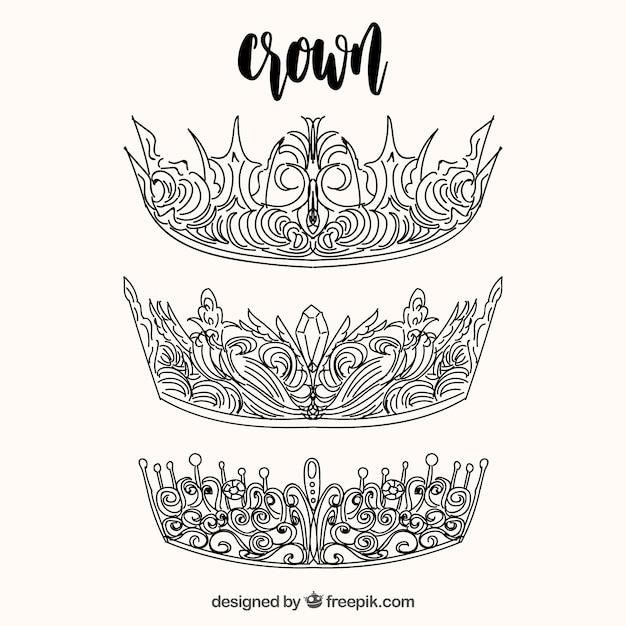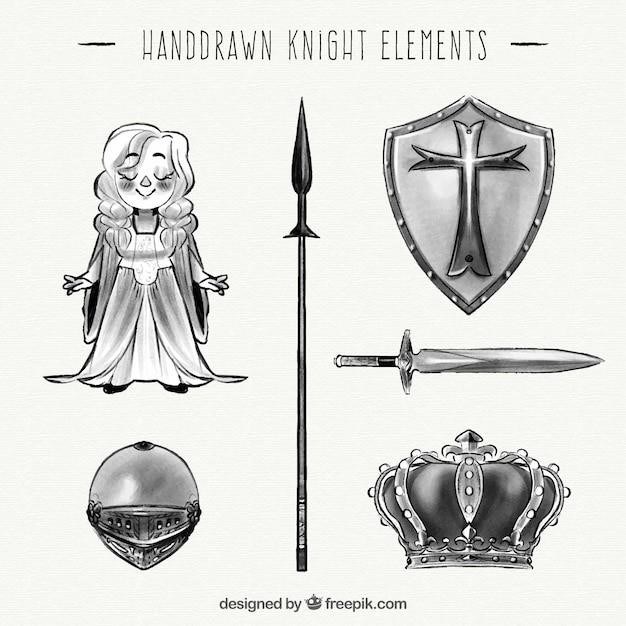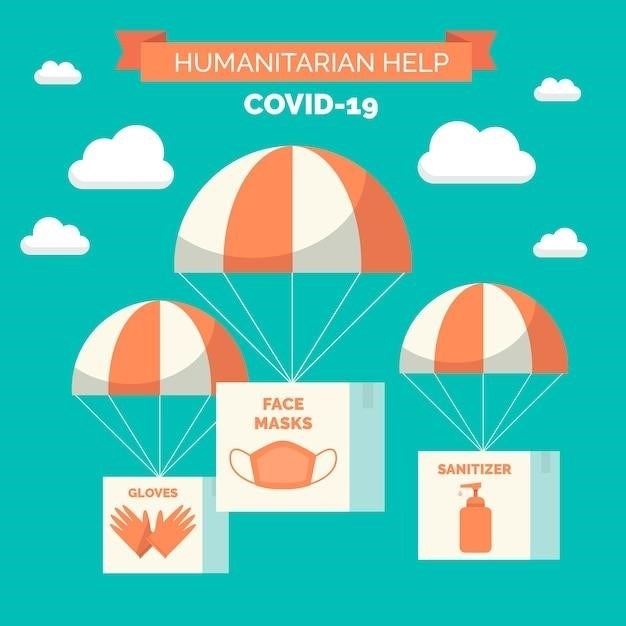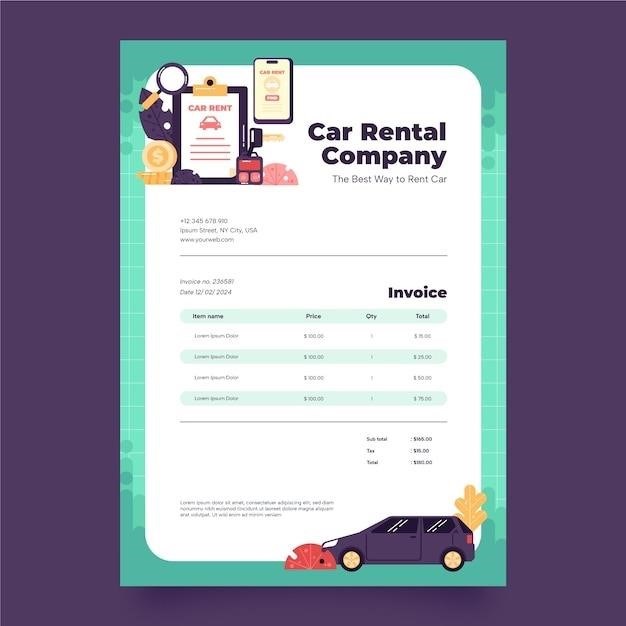2025 PGA Tour Schedule⁚ Overview
The 2025 PGA Tour season boasts a 39-event schedule, including four major championships, eight signature events, and the FedEx Cup Playoffs. The season runs from January to August, featuring a mix of established tournaments and international events. The schedule is largely similar to 2024, offering familiar venues and exciting competition.
Key Dates and Venues
The 2025 PGA Tour commences with The Sentry Tournament of Champions at the Plantation Course in Kapalua, Maui, Hawaii, from December 30th to January 5th. Other early season events include the Sony Open in Hawaii at Waialae Country Club and the American Express at PGA West. The Players Championship will take place at TPC Sawgrass in Ponte Vedra Beach, Florida, while the majors will see action at Augusta National Golf Club (Masters Tournament), Quail Hollow Club (PGA Championship), Oakmont Country Club (U.S. Open), and Royal Portrush (British Open). Specific dates for these and other tournaments, including the FedEx Cup Playoffs venues, are available in the complete 2025 PGA Tour schedule PDF. The schedule PDF also details other key events across various locations.
Major Championships
The 2025 PGA Tour features golf’s four most prestigious events⁚ the Masters Tournament, the PGA Championship, the U.S. Open, and The Open Championship (British Open). The Masters Tournament, traditionally held in early April at Augusta National Golf Club in Augusta, Georgia, kicks off the major season. The PGA Championship will be contested at Quail Hollow Club in Charlotte, North Carolina, in May. June brings the U.S. Open, with Oakmont Country Club in Oakmont, Pennsylvania, serving as the challenging host course. The final major, The Open Championship, concludes the series in July at Royal Portrush Golf Club in Northern Ireland. Precise dates for each major are detailed within the comprehensive 2025 PGA Tour schedule PDF, along with further information on each tournament.
Signature Events
Elevating the 2025 PGA Tour season are eight designated Signature Events, each offering increased prize money and attracting the world’s top golfers. These events represent a significant component of the Tour’s revamped competitive structure. While the specific names and locations of all eight events are readily available in the official 2025 PGA Tour schedule PDF, expect a compelling mix of established tournaments and possibly new additions to the roster. These high-profile events provide enhanced viewing experiences for fans and lucrative opportunities for players. Consult the detailed schedule for exact dates, locations, and participating players, ensuring you don’t miss the action from these premium tournaments.

FedEx Cup Playoffs
The 2025 FedEx Cup Playoffs conclude the PGA Tour season, comprising three events determining the year’s champion; The playoffs feature a reduced field of top-ranked players competing for the prestigious title and significant prize money. Details including dates and venues are available in the official schedule PDF.
Points Distribution and Qualification
The FedEx Cup points system determines qualification for the Playoffs. Points are awarded based on performance in regular season tournaments, with higher point values for major championships and signature events. A player’s accumulated points throughout the regular season determine their standing in the FedEx Cup standings. The top players based on these points then advance to the first playoff event. The point distribution system incentivizes strong performances in high-profile tournaments, rewarding consistency and top finishes. This system ensures that the most successful players throughout the regular season are eligible for the playoffs, creating a highly competitive final stage of the PGA Tour.
Playoff Schedule and Venues
The FedEx Cup Playoffs conclude the PGA Tour season, comprising three consecutive tournaments. The exact venues for the 2025 Playoffs aren’t explicitly detailed in the provided text, but the schedule runs from late August into September; The first playoff event typically features a larger field of players, narrowing down to a smaller group for subsequent events. Each tournament location offers unique course challenges and strategic considerations. The Playoffs culminate in the Tour Championship, where the top 30 players compete for the FedEx Cup title and its substantial prize money. The intense competition and high stakes make the Playoffs a thrilling conclusion to the season.
International Tournaments
The 2025 PGA Tour includes international tournaments in various countries. Specific details on participating nations and courses are limited in the provided text. However, the schedule confirms the inclusion of at least one international event.
Participating Countries and Courses
While the complete list of international tournaments and their host countries isn’t explicitly detailed in the provided 2025 PGA Tour schedule PDF, several sources mention the inclusion of international events. Specific course names are not consistently provided across the various online resources. Information regarding the precise locations for these international competitions remains somewhat limited in readily available documentation. Further details are expected to be released closer to the start of the season. The scarcity of detailed information regarding specific international tournament locations may be due to ongoing scheduling confirmations or final venue selections. However, the presence of international competitions within the 2025 PGA Tour is confirmed. The absence of a comprehensive list of countries and courses in readily available materials necessitates further investigation to obtain complete information.
Notable International Events
Specific details about notable international events on the 2025 PGA Tour schedule are scarce in the provided PDF and associated online sources. Although the schedule mentions international tournaments, precise names and locations remain largely unconfirmed in readily accessible information. The available data highlights a general inclusion of international competitions, but detailed information regarding specific events is lacking. This absence of specific details might be attributed to the ongoing process of finalizing the schedule, with complete event names and locations expected to be announced later. While the PDF confirms international participation, further investigation is needed to identify prominent events. The currently limited information prevents a detailed account of significant international tournaments scheduled for 2025. Expect further announcements and official updates closer to the tournament dates.

Changes from Previous Years
The 2025 PGA Tour schedule shows remarkable similarity to its 2024 counterpart. Minor adjustments might exist, but overall, the structure and event composition remain largely consistent.
Schedule Adjustments and New Additions
While the overall structure of the 2025 PGA Tour schedule mirrors that of 2024, subtle shifts are evident. Although a comprehensive list of changes isn’t readily available in the provided text, some alterations are implied. The movement of the Quail Hollow event is mentioned, indicating a venue change for at least one tournament. The inclusion of new international tournaments is also suggested, though specifics regarding countries or courses remain undisclosed. Further analysis of the official 2025 PGA Tour schedule PDF would be necessary to determine the precise nature and extent of these adjustments and additions. The absence of Trump courses on the 2025 schedule is also noteworthy, representing a significant change from previous years. The addition of the Hero Cup as a team event further diversifies the tournament landscape. These modifications, while potentially subtle, contribute to the overall evolution of the PGA Tour’s competitive landscape. The return of the Austrian and Turkish Opens to the DP World Tour’s 2025 schedule adds further international flavor to the golfing calendar. Further details are likely to emerge as the season draws nearer.
Impact on Player Rankings and Competition
The 2025 PGA Tour schedule’s similarity to 2024’s suggests a continuation of established competitive dynamics. However, subtle changes, like the addition of international tournaments and the shift of the Quail Hollow event, could influence player rankings. Increased competition from a potentially wider range of international players may impact the standings. The introduction of the Hero Cup as a team event adds another layer of strategic competition, potentially altering individual player performances and rankings. The points distribution system, while not fully detailed in the provided text, will continue to play a crucial role in determining final rankings, particularly within the FedEx Cup Playoffs. The overall impact on player rankings will depend on individual performances across all 39 events, with the potential for significant shifts depending on how players adapt to schedule adjustments and increased international participation. The consistent structure offers predictability, while the subtle alterations promise fresh challenges and exciting competition.



























